|
|
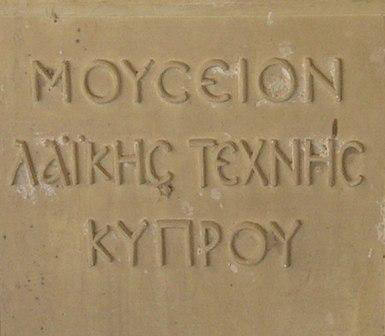 The
opening of ethnographic museums around the world came as a result of
the rapid increase of machine made goods which eventually replaced
those made by hand. In every country folk art began to disap The
opening of ethnographic museums around the world came as a result of
the rapid increase of machine made goods which eventually replaced
those made by hand. In every country folk art began to disap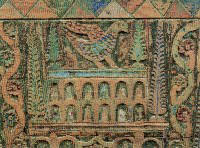 pear,
together with all it stood for an expression of character and
tradition. Many of the items were donated, others were bought either
directly
from the villages or from private collections. Indeed, most of the
material was collected from extensive field-work in the villages
scattered in the Cypriot countryside. Samples
of weaving, pottery, embroidery, lace,
costumes, metalwork,
woodcarving, basketry, leatherwork, naive painting, agricultural and
weaving tools are to be found in the museum collections. Today the
number of items catalogued is over 5000. pear,
together with all it stood for an expression of character and
tradition. Many of the items were donated, others were bought either
directly
from the villages or from private collections. Indeed, most of the
material was collected from extensive field-work in the villages
scattered in the Cypriot countryside. Samples
of weaving, pottery, embroidery, lace,
costumes, metalwork,
woodcarving, basketry, leatherwork, naive painting, agricultural and
weaving tools are to be found in the museum collections. Today the
number of items catalogued is over 5000.
  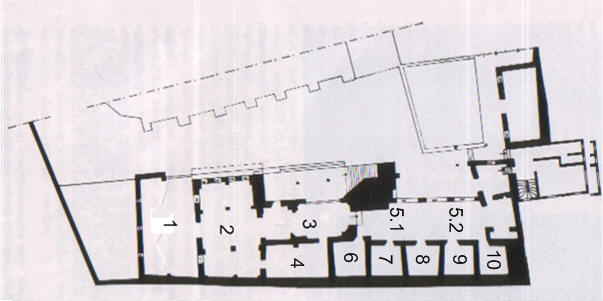
Most of the items were made in areas that are now occupied by
Turkish troops and inaccessible to Greek-Cypriots. In areas like
Lapithos, Karavas, Karpasia, Rizokarpaso, Morphou, Varossi-Famagusta,
lefkoniko and others, flourished all kinds of handicrafts. Besides,
the museum owns larger items like a wooden carriage and threshing
boars from Lefkoniko, clay jars, olive presses, water mills
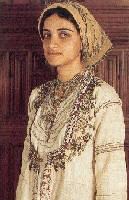
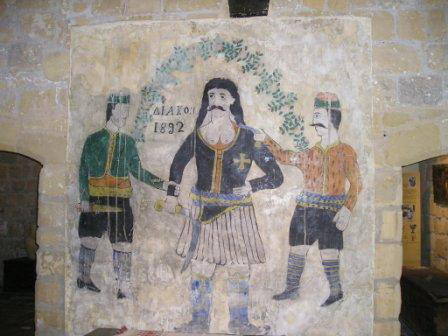
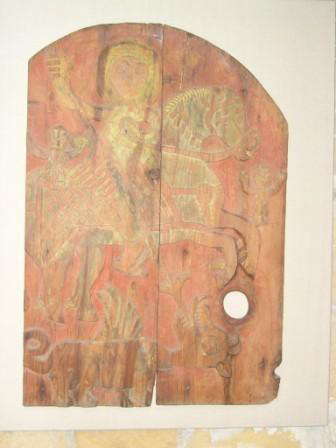
and other agricultural implements. As ethnographic artifacts are
made out of organic materials, they are subject to attacks from
microorganisms and need continuous care, conservation and proper
environmental conditions so that they can be preserved for the
future generations.
In the year 2001 after a generous offer from His Beautitude
Archbishop Chrysostomos, the important collection
of the late Maria Eleutheriou Gaffiero, as well as that of the late
G. Filis, were given (granted) to the Museum
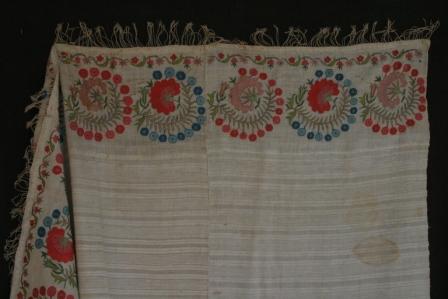

|